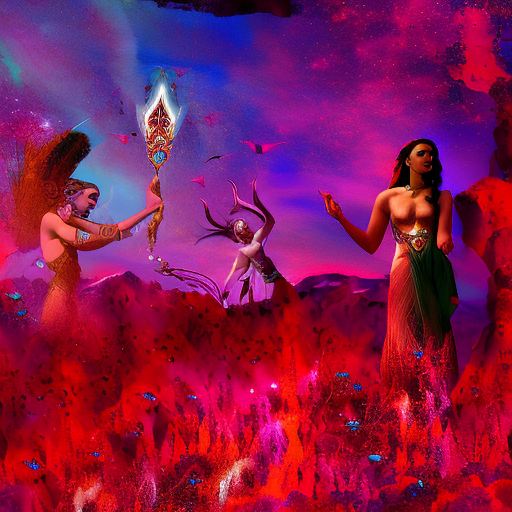One-line summary:
Ariadne is a captivating retelling of the Greek myth of Theseus and the Minotaur, focusing on the perspective of Ariadne and her journey to find her own strength and independence.
The Myth of Ariadne:
In Greek mythology, Ariadne was the daughter of King Minos of Crete. She fell in love with Theseus, a hero from Athens, who came to Crete to slay the Minotaur, a monstrous creature half-human and half-bull. Ariadne, with her intelligence and compassion, helped Theseus by providing him with a ball of thread to navigate the labyrinth and defeat the Minotaur. However, after their victory, Theseus abandoned Ariadne on the island of Naxos.
Ariadne’s Journey:
Jennifer Saint’s novel, Ariadne, delves into the untold story of Ariadne, giving her a voice and agency in her own narrative. The book explores Ariadne’s life before, during, and after her encounter with Theseus, shedding light on her struggles, desires, and growth.
The story begins with Ariadne’s childhood on the island of Crete, where she witnesses the cruelty and power dynamics within her family. As the daughter of King Minos, she is expected to conform to societal expectations and marry a suitable prince. However, Ariadne yearns for more than a life of obedience and submission. She dreams of adventure and freedom, longing to escape the confines of her role as a princess.
When Theseus arrives in Crete as part of the Athenian tribute, Ariadne is immediately drawn to him. She sees in him the potential for change and a chance to break free from her predetermined fate. Ariadne’s decision to help Theseus defeat the Minotaur is not solely driven by love, but also by her desire to challenge the oppressive system she has grown up in.
After Theseus successfully kills the Minotaur, Ariadne expects him to take her with him to Athens. However, Theseus abandons her on the island of Naxos, leaving her heartbroken and betrayed. This pivotal moment marks the beginning of Ariadne’s transformation. Alone and abandoned, she must find the strength within herself to forge her own path.
Ariadne’s Empowerment and Independence:
As Ariadne navigates her newfound independence, she discovers her own power and resilience. She forms a deep connection with the island of Naxos, finding solace in its beauty and solitude. Through her encounters with other mythical figures, such as the god Dionysus, Ariadne learns to embrace her own desires and assert her autonomy.
The novel also explores the complex relationship between Ariadne and her sister, Phaedra. Their bond is tested as they navigate their roles as women in a patriarchal society. Phaedra’s tragic fate serves as a cautionary tale, highlighting the consequences of societal expectations and the limitations placed on women.
Throughout the book, Saint beautifully captures the themes of love, betrayal, sisterhood, and the search for identity. Ariadne’s journey serves as a metaphor for the struggles faced by women throughout history, as they strive to find their own voice and agency in a world that often seeks to silence them.
Key Takeaways:
- Ariadne’s story is a powerful retelling of a Greek myth, giving voice and agency to a female character often overshadowed by male heroes.
- The novel explores themes of love, betrayal, sisterhood, and the search for identity.
- Ariadne’s journey is a metaphor for the struggles faced by women throughout history as they strive for independence and agency.
“I am Ariadne. I am the monster tamer. I am the woman who will not be silenced. I am the one who will tell the story.”
In conclusion, Ariadne is a captivating and empowering novel that breathes new life into an ancient myth. Jennifer Saint’s skillful storytelling and her portrayal of Ariadne’s journey to find her own strength and independence make this book a must-read for fans of Greek mythology and feminist literature.












